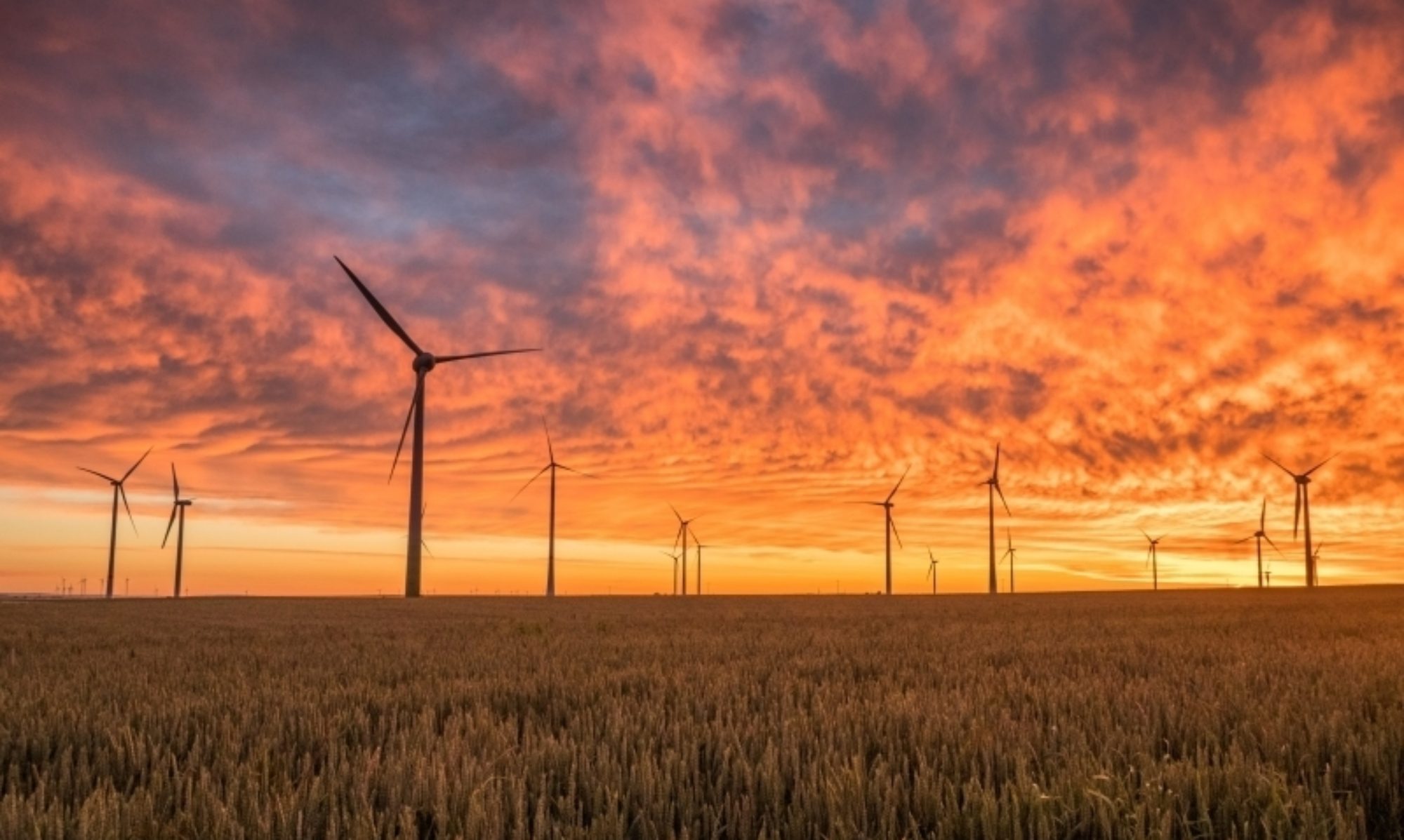In a live panel session organised by FT Live, entitled The Global Energy Outlook: From Crisis to Growth, Global Head of Commodities at Goldman Sachs, Jeffrey Currie outlined his thoughts on the themes likely to impact on commodities over the next decade. In a wide ranging discussion Currie outlines the three key themes underpinning his view that we are at the beginning of the next commodity bull market: structural under-investment, government policy and macro-tailwinds.
“It’s important to separate the vaccine, which is a tactical upside catalyst, from the pandemic itself, which I would argue is a structural catalyst to a longer-lasting bull market. As we look out to 2021 the vaccine creates that V-shaped recovery in demand and prices, but looking beyond that we believe it’s the beginning of a structural bull market not only in oil, but across the entire commodity complex.And when when we think about the big question of lasting demand the big question is in jet travel and we think the vaccine will eradicate a lot of that weakness…we think the market’s going to be in substantial deficit throughout the end of next year and beyond into 2022. Driving that structural bull story are three themes.
One, you have structural under-investment in supply – we call it the revenge of the old economy. You had very good return in new economy – remember the FANG stocks – that took all of the capital out of the old economy, choked off the capital that would have created increases in production capacity, then you throw covid on top of that and then you take ESG constraints. Capex in oil was down 40% in the first half of this year. We’ve never seen declines of that magnitude. It’s not just oil, it’s metals, mining, the entire old economy has shortages in investment….very similar to the theme we talked about 20 years ago during the dotcom boom that fueled that boom as went into 2003-04.”
This is consistent with a topic I’ve written about several times in the past. That it’s not just about demand. Supply has a big role to play as well, and if growth in supply is curtailed then prices can rise even in a weak demand environment.
Related article: What I learned from “Capital Returns: Investing Through The Capital Cycle”, by Edward Chancellor
Currie then goes onto talk about the role that government policy will have in driving commodity demand as we come out of COVID-19 and the parallels with the early 2000’s and the 1970’s.
“The second theme is policy. Policy, sits at the center of the demand story. The big catalyst that the pandemic shifted is that policy after 2008-9 was directed at market stability: whether it was OPEC, the Federal Reserve, the Chinese five-year plan, everything was around financial stability. COVID changed all that. Now, all the policy is around social need, and social need creates a redistribution of wealth towards lower-income, income-constrained households that consume a lot more. We already see it in many of the commodity data. I could point out every single commodity market with the exception of wheat is in a deficit today. Demand is relatively strong across the board.
As the vaccine v-shaped recovery takes hold you are going to get a lot stronger oil demand…We call it revving commodity demand. There are three legs to it – re-distributional policies, environmental policies… and then there’s the versatility in supply chains building duplicate 5G networks and in the form of stockpiling of commodities by countries due to the cold war with China.
Policy-driven demand is going to create a capex cycle that is bigger than the BRICS in the 2000s, not quite as big as the ’70s, but we’re talking about that kind of a bull market in commodities.”
Related article: It’s time to build: Here’s what that might mean for commodities
“The third theme which is critical and is already underway is the macro tailwinds from a weaker US dollar. And I want to emphasize that this isn’t something we can forecast, we’re living it. The dollar is getting weaker everyday. Oil and commodity prices are moving higher. You have iron ore at a seven year high yesterday…Our target on oil at the end of next year is $65/bbl.
The core of this is we never had the type of demand growth that creates inflation, commodity bull markets and a creates rise in wages that narrows the income gap. You have policymakers ever where in the world talking about their going to be focusing on income inequality.”
Related article: What is the Cantillon Effect?
